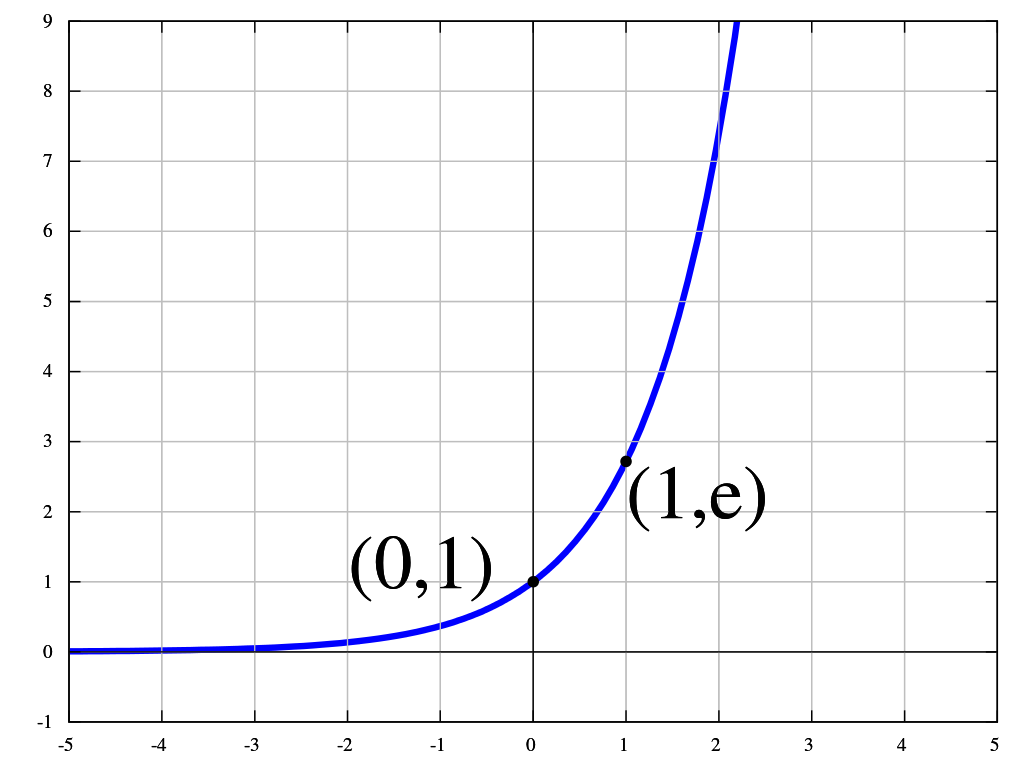Consider the functions \(h(x)=3x^2+5e^x\) and \(g(x)=x^3e^x\text{,}\) find the derivatives of each function.
To find the derivative of \(h(x)\text{,}\) we will use the power rule and the sum or difference rule:
\begin{equation*}
h'(x)=6x+5e^x.
\end{equation*}
To find the derivative of \(g(x)\text{,}\) we need to use the product rule:
\begin{equation*}
g'(x)=\frac{d}{dx}\left[x^3\right]e^x+x^3\frac{d}{dx}\left[e^x\right]=3x^2e^x+x^3e^x.
\end{equation*}
Note that the \(e^x\) term appears in both terms since it is its own derivative, thus we can simplify by factoring out the common terms:
\begin{equation*}
g'(x)=x^2e^x(3+x).
\end{equation*}


